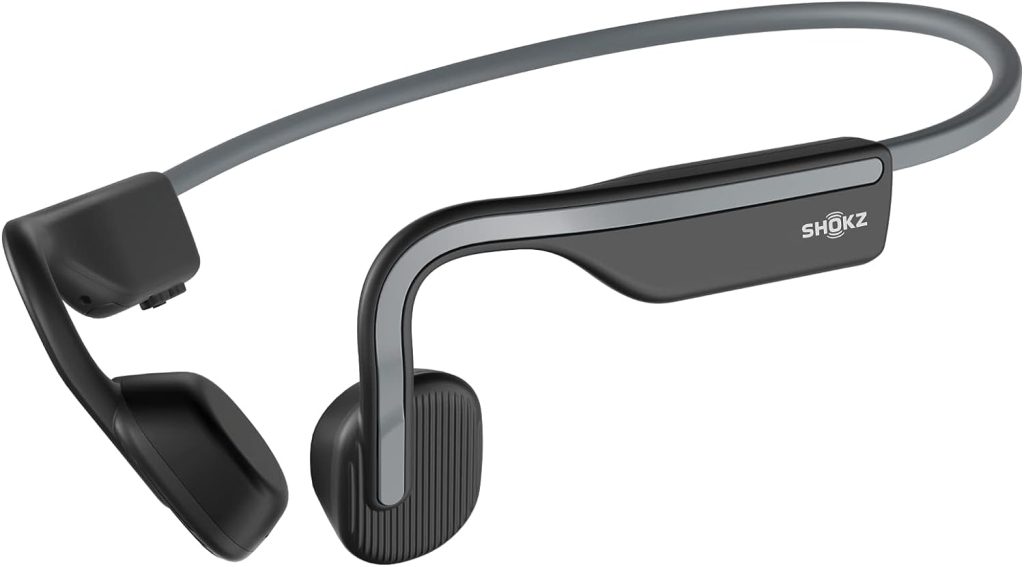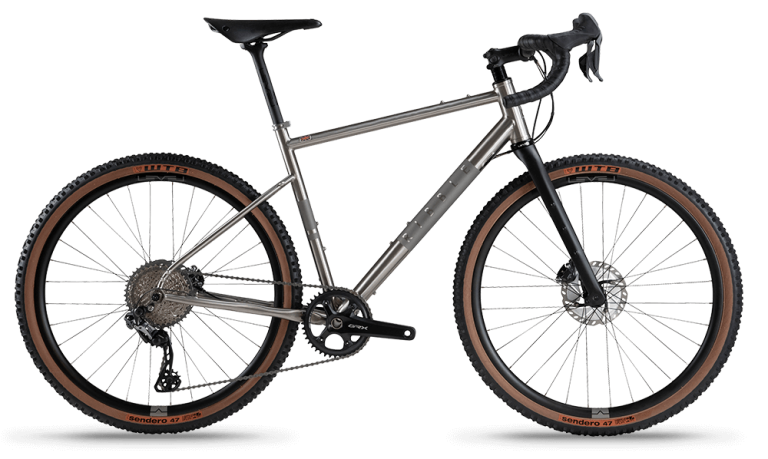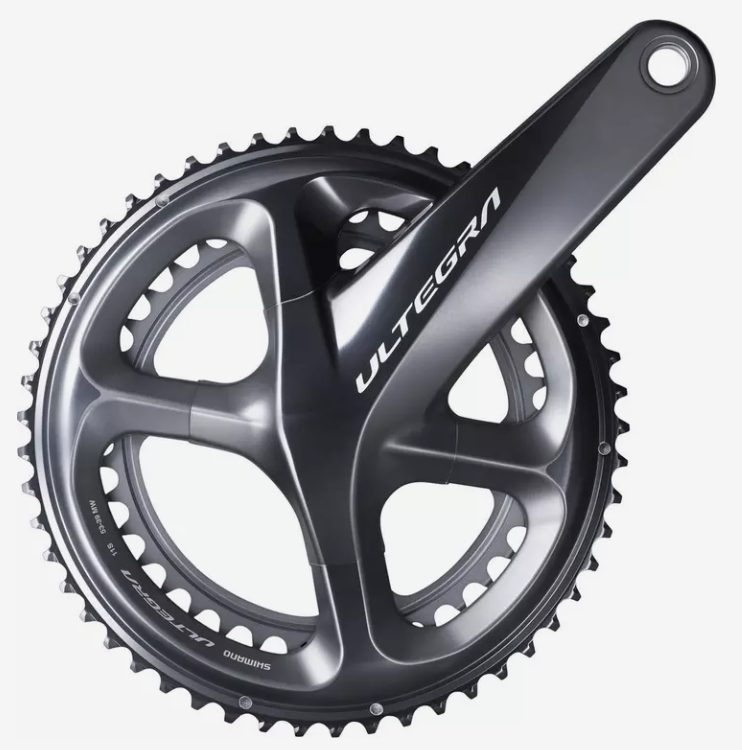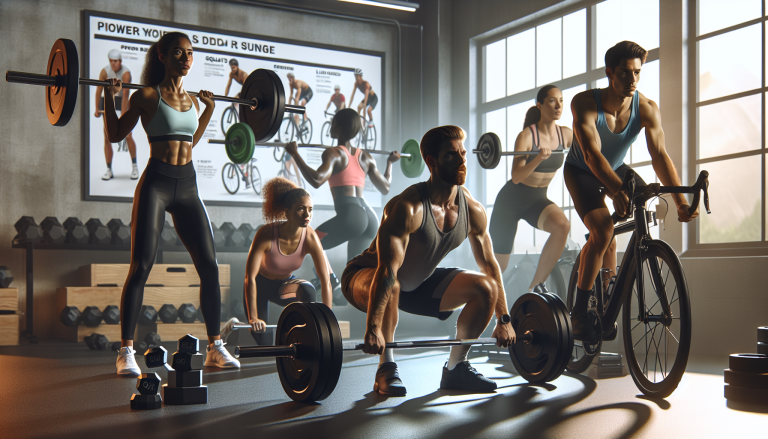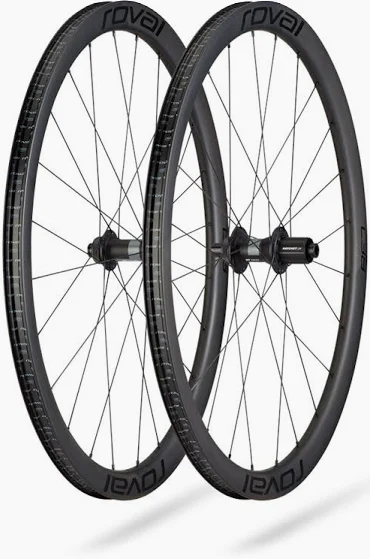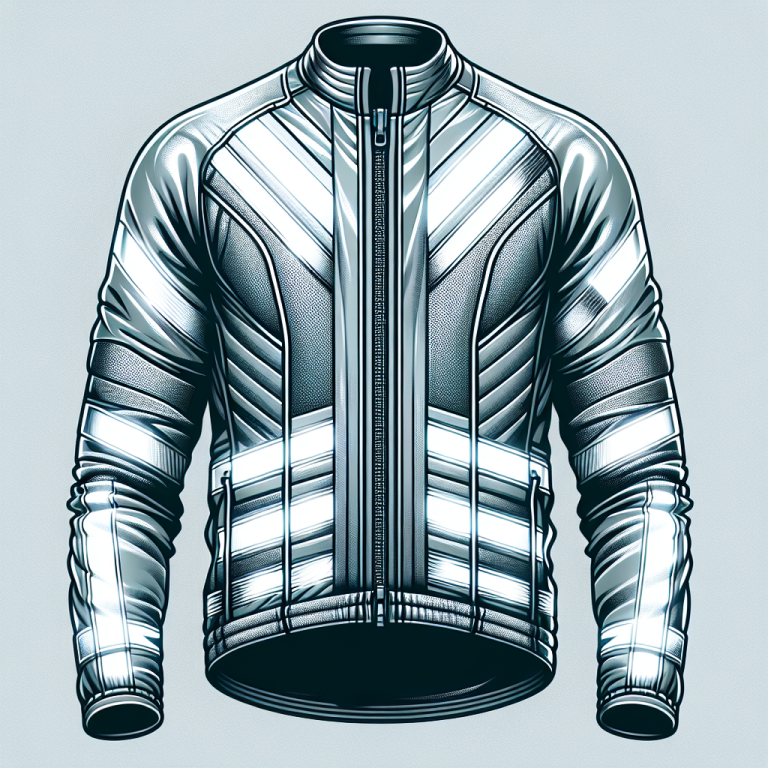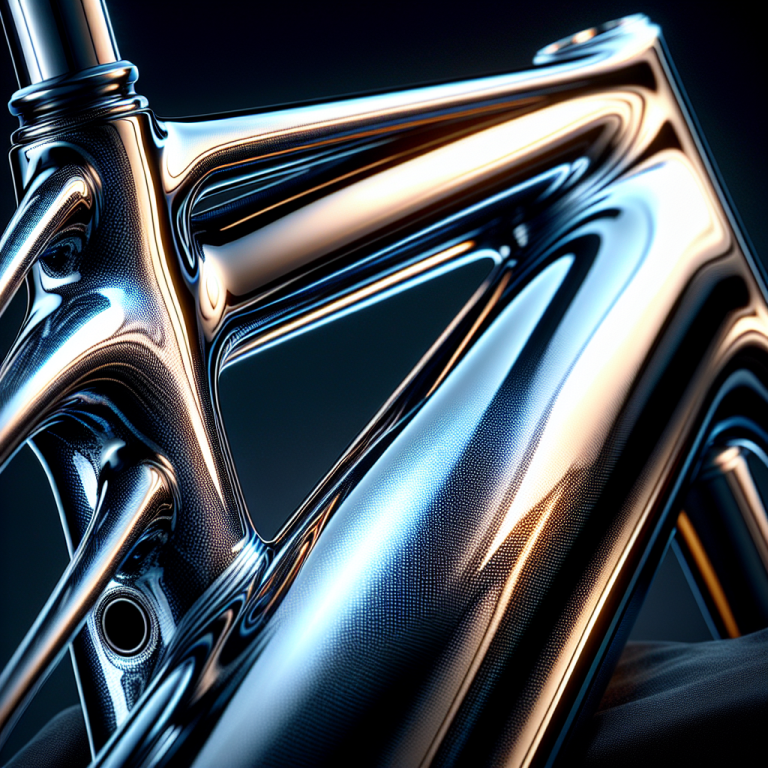Are you a cycling enthusiast who loves to hit the open road with your two wheels? If so, then you know the importance of having a great pair of headphones to enhance your riding experience. The “Guide To Best Cycling Headphones” is here to help you navigate through the overwhelming options available in the market. Whether you prefer wireless, noise-canceling, or sweat-resistant headphones, this guide has got you covered. Get ready to take your cycling adventures to a whole new level with the perfect headphones that combine comfort, durability, and exceptional sound quality. Happy riding!
Table of Contents
ToggleFactors to Consider
When shopping for cycling headphones, there are several factors you should consider to ensure you find the perfect pair. These factors include sound quality, fit and comfort, durability, wireless or wired connectivity, and water and sweat resistance. Each of these factors plays a crucial role in enhancing your cycling experience and ensuring you enjoy your favorite tunes while on the go.
Sound Quality
One of the most important factors to consider when choosing cycling headphones is the sound quality. You want headphones that deliver crisp, clear audio with good bass response. This will ensure you can fully immerse yourself in your favorite music or podcasts while cycling. Look for headphones that offer high-quality sound drivers and noise cancelling technology to block out unwanted external noise and enhance your listening experience.
Fit and Comfort
Comfort is key when it comes to cycling headphones, as you’ll be wearing them for extended periods of time during your rides. Look for headphones that come with different ear tip sizes or adjustable headbands to ensure a snug and secure fit. It’s important to choose headphones that will stay in place even during vigorous movements, so you won’t have to constantly readjust them while cycling.
Durability
Cycling can be a rugged and demanding activity, so it’s essential to choose headphones that are durable and built to withstand the elements. Look for headphones with a sturdy construction and materials that can handle sweat, rain, and dust. Additionally, consider headphones that come with a carrying case or a protective pouch to keep them safe when not in use.
Wireless or Wired
The choice between wireless and wired cycling headphones ultimately comes down to personal preference. Wireless headphones offer the advantage of freedom from tangled cords, allowing you to move more freely while cycling. They typically connect to your device via Bluetooth and offer a range of features such as hands-free calling and voice assistant support. On the other hand, wired headphones ensure a consistent and reliable connection without worrying about battery life. Consider your cycling needs and preferences to determine which connectivity option is the best fit for you.
Water and Sweat Resistance
As someone who loves cycling, you’re bound to encounter rain showers or work up a sweat during your rides. Therefore, it’s crucial to choose headphones that are water and sweat resistant. Look for headphones with an IPX rating, which indicates their level of water resistance. The higher the IPX rating, the more resistant the headphones are to water and sweat damage. With water and sweat-resistant headphones, you can ride in any weather conditions without worrying about damaging your headphones.
Types of Cycling Headphones
Now that we’ve covered the important factors to consider when choosing cycling headphones, let’s explore the different types available. The three main types of cycling headphones are in-ear headphones, on-ear headphones, and bone conduction headphones. Each type has its own unique features and advantages, so let’s take a closer look at each one.
In-Ear Headphones
In-ear headphones, also known as earbuds, are a popular choice among cyclists due to their lightweight and compact design. These headphones fit snugly inside your ear canal, providing excellent noise isolation and preventing external noise from interfering with your music. In-ear headphones are ideal for those seeking a portable and discreet option that won’t obstruct their helmet or interfere with their cycling gear.
On-Ear Headphones
On-ear headphones, as the name suggests, sit on top of your ears rather than inside your ear canal. They typically offer larger drivers and better sound quality compared to in-ear headphones. On-ear headphones provide a comfortable fit and are great for cyclists who prefer a more immersive audio experience. However, it’s important to consider the size and weight of on-ear headphones, as they can be bulkier and may interfere with your helmet or head movement.
Bone Conduction Headphones
Bone conduction headphones are a unique type of cycling headphones that don’t actually go inside or over your ears. Instead, they sit on your cheekbones and use vibrations to transmit sound directly to your inner ear. These headphones allow you to listen to music while still being aware of your surroundings, making them a great option for cyclists concerned about safety. Bone conduction headphones are also suitable for those who wear hearing aids or have ear issues that prevent them from using traditional headphones.
Wireless Cycling Headphones
Wireless cycling headphones offer the convenience of cable-free listening, allowing you to move freely without the hassle of tangled cords. They typically connect to your device via Bluetooth, providing a seamless and wireless audio experience. Here are some important considerations when choosing wireless cycling headphones.
Bluetooth Connectivity
When shopping for wireless cycling headphones, it’s crucial to ensure they have reliable Bluetooth connectivity. Look for headphones that support the latest Bluetooth version for better compatibility with your devices. Additionally, consider headphones with extended range Bluetooth technology to ensure a stable and uninterrupted connection, even when your device is further away.
Battery Life
Battery life is a crucial factor to consider when choosing wireless cycling headphones. You want headphones that can last for the duration of your cycling sessions without constantly needing to be recharged. Look for headphones with a long battery life, ideally over 10 hours, to ensure they won’t die on you mid-ride. Some headphones even come with a quick charge feature, allowing you to get hours of playback time with just a short charging session.
Range
The range of wireless cycling headphones refers to the maximum distance between the headphones and your audio source, such as your smartphone or cycling computer. A longer range means you can keep your device safely stored in your backpack or pocket without worrying about losing the connection. Consider headphones with a range of at least 30 feet (10 meters) to ensure a stable connection throughout your rides.
Wired Cycling Headphones
While wireless headphones offer the convenience of cable-free listening, wired cycling headphones have their own advantages that make them worth considering. Here are a few factors to keep in mind when choosing wired cycling headphones.
Audio Jack Compatibility
When opting for wired cycling headphones, it’s important to ensure they are compatible with your audio source. Most headphones use a standard 3.5mm audio jack, but some devices, such as newer smartphones, may only have a USB-C or Lightning port. If your device does not have a standard audio jack, you’ll need to look for headphones that come with the appropriate adapter or compatibility.
Cord Length
The length of the headphone cord is an important consideration when choosing wired cycling headphones. You want a cord that is long enough to comfortably reach your audio source, such as a smartphone or cycling computer, while allowing you to store your device securely. Look for headphones with a cord length that suits your needs and riding style, whether you prefer to keep your device in a pocket or store it in a backpack or handlebar bag.
Safety Considerations
Safety should always be a top priority when cycling, and this extends to your choice of headphones. While listening to music or podcasts can enhance your riding experience, it’s essential to remain aware of your surroundings and communicate effectively with others on the road. Here are some safety considerations to keep in mind when choosing cycling headphones.
Noise Isolation
While great sound quality is important, it’s crucial to strike a balance between enjoying your music and remaining aware of your surroundings. Look for cycling headphones that offer some degree of noise isolation, which blocks out external noise, but still allows you to hear important sounds, such as approaching vehicles or other cyclists.
Awareness and Communication
When cycling, it’s important to be able to communicate with others and be aware of any potential hazards. Choose headphones that allow you to easily hear external sounds, such as traffic or fellow cyclists, even while listening to music. Some headphones come with built-in ambient sound modes or transparency features that let in external noise, ensuring you stay aware of your surroundings.
Visibility
Another important safety consideration is your visibility to others while cycling. Opt for headphones with reflective or bright colors to enhance your visibility, especially when riding in low-light conditions. Additionally, consider headphones that have LED lights or reflective elements, which can further increase your visibility to others on the road.
Top Features to Look For
Now that we’ve covered the factors to consider and the various types of cycling headphones available, let’s explore some of the top features you should look for when choosing the perfect pair.
Noise Cancelling
Noise cancelling technology is a valuable feature in cycling headphones, as it effectively blocks out unwanted external noise, such as wind or traffic, allowing you to fully enjoy your music. Look for headphones with active noise cancellation (ANC) or passive noise isolation to enhance your listening experience while riding.
Quick Charging
For those who are always on the go, quick charging is a handy feature to have in cycling headphones. With quick charging capabilities, you can get several hours of playback time with just a short charging session. This is especially useful if you forget to charge your headphones before a ride or if you need a quick power boost while out on the road.
Integrated Controls
Having easy access to controls while cycling is essential for a seamless audio experience. Look for headphones with integrated controls that allow you to adjust the volume, skip tracks, and answer calls without having to fumble around with your phone. Some headphones even come with touch controls or voice commands for added convenience.
Voice Assistant Support
Voice assistant support is becoming increasingly popular in headphones and can greatly enhance your cycling experience. With voice assistant support, you can control your headphones and access information hands-free. Whether you want to change a track, check the weather, or send a message, voice assistant support makes it easy to do so without taking your hands off the handlebars.
Multipoint Pairing
If you frequently switch between multiple devices while cycling, multipoint pairing is a feature you’ll find useful. This feature allows your headphones to connect to multiple devices simultaneously, such as your smartphone and cycling computer. With multipoint pairing, you can seamlessly switch between devices without the need to manually disconnect and reconnect each time.
Recommended Cycling Headphones
With so many options available on the market, it can be overwhelming to choose the best cycling headphones for your needs. While personal preferences may vary, here are three recommended brands to consider:
Brand 1
Brand 1 offers a wide range of cycling headphones that deliver excellent sound quality, durability, and comfort. Their wireless models provide long battery life, reliable Bluetooth connectivity, and convenient quick charging features. With advanced noise cancelling technology and integrated controls, Brand 1’s headphones offer an immersive and hassle-free audio experience while cycling.
Brand 2
Brand 2 specializes in bone conduction headphones, providing a unique listening experience that allows you to stay aware of your surroundings. Their headphones are lightweight, water-resistant, and comfortable to wear during long rides. With bone conduction technology, Brand 2’s headphones create vibrations that transmit sound directly to your inner ear, all while allowing you to listen to music and stay alert on the road.
Brand 3
Brand 3 offers a range of wired cycling headphones that prioritize sound quality and durability. Their headphones feature top-notch audio drivers, compatibility with various audio jacks, and long, tangle-resistant cords. Whether you prefer in-ear or on-ear headphones, Brand 3 has options that cater to different preferences and ensure a reliable and immersive audio experience while cycling.
Maintenance and Care
To prolong the lifespan of your cycling headphones, it’s important to properly maintain and care for them. Here are some tips for keeping your headphones in top shape:
Cleaning
Regularly clean your headphones to remove any sweat, dirt, or debris that may accumulate. Use a soft, lint-free cloth to wipe down the earbuds or ear cups. For in-ear headphones, gently clean the ear tips with a damp cloth or alcohol wipe. Avoid using harsh chemicals or abrasive materials that can damage the headphones.
Storage
Proper storage is essential to prevent damage to your cycling headphones. When not in use, store your headphones in a dry, dust-free location, ideally in a carrying case or a protective pouch. This will protect them from getting tangled, crushed, or exposed to unnecessary moisture. Avoid leaving them in extreme temperatures or direct sunlight, as this can cause damage to the internal components.
Conclusion
When it comes to choosing the best cycling headphones, it’s important to consider factors such as sound quality, fit and comfort, durability, wireless or wired connectivity, and water and sweat resistance. By understanding these factors and exploring the different types of cycling headphones available, you can make an informed decision that best suits your needs and preferences.
Whether you opt for in-ear headphones, on-ear headphones, or bone conduction headphones, prioritize safety considerations such as noise isolation, awareness and communication, and visibility. Look for additional features such as noise cancelling, quick charging, integrated controls, voice assistant support, and multipoint pairing to further enhance your cycling experience.
Finally, consider trusted brands that offer reliable and high-quality cycling headphones. Proper maintenance and care, including regular cleaning and proper storage, will help ensure your headphones last for many rides to come. With the right pair of cycling headphones, you can take your cycling adventures to new heights while enjoying your favorite music or podcasts along the way. Happy cycling!

